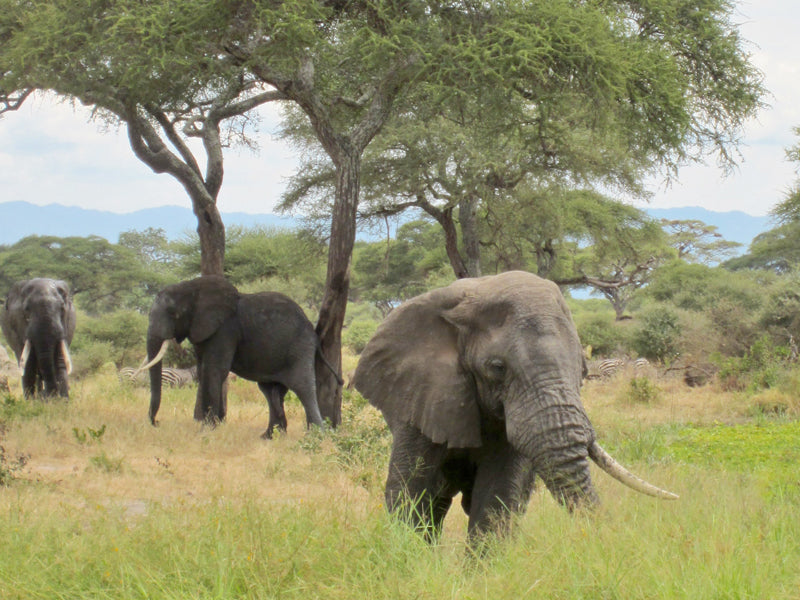
All the Things You Never Knew You Wanted To Know About Elephants
Feel like you are seeing elephants on everything? We found out why.
From ancient tapestries to modern t-shirts, elephants have long been a popular symbol in decoration. But what’s the real appeal of this particular animal? What are the possible meanings of this motif?
We rounded up the facts – along with some pretty good reasons for elephants to deserve depiction, appreciation, respect and protection. Read on, so you can display your favorite pachyderm with purpose and pride.
The Basics
Traditionally, the animal kingdom included two elephant species: the Asian elephant and its larger relative, the African elephant, the largest land mammal on Earth. Recent genetic research has revealed that the African elephant is in fact two different species, one that roams the great savannas, the other a smaller forest dweller.
Girl Power
Elephants live in matriarchal societies. Males eventually leave the herd to live independently in adulthood, so females lead the large, extended family unit. They rear their calves together, alongside their mothers, sisters, grandmothers, aunts and cousins. (And about those calves… the elephant gestation period is nearly 22 months long!)
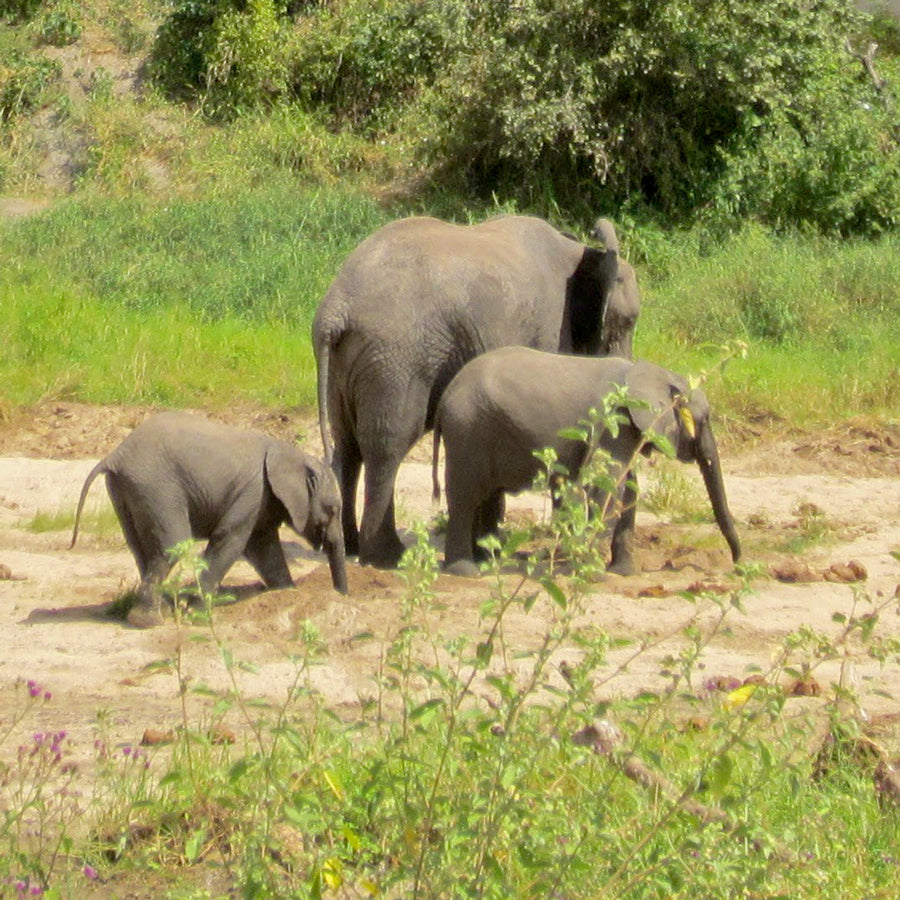
Memory Serves
Heard that elephants never forget? Elephants have been known to recognize each other after years of separation. And it’s not just about social graces. The excellent memories of the matriarchs are an important survival skill, helping guide herds to alternate sources of food and water in drought conditions and understanding the threat of an unfamiliar elephant as potentially aggressive. New experiments have identified further markers of intelligence, including problem-solving abilities, cooperation and empathy.
Trunk Show
While it seems to vary between cultures whether the elephant should be depicted with its trunk up (in the West) or down (in the East) for good luck, the trunk itself is a pretty amazing appendage. The trunk helps an elephant breathe, smell, draw water for drinking, communicate and grasp. With finger-like tips at the end – one for the Asian elephant and two for the African – the elephant trunk seems the animal kingdom equivalent of a Swiss Army Knife.
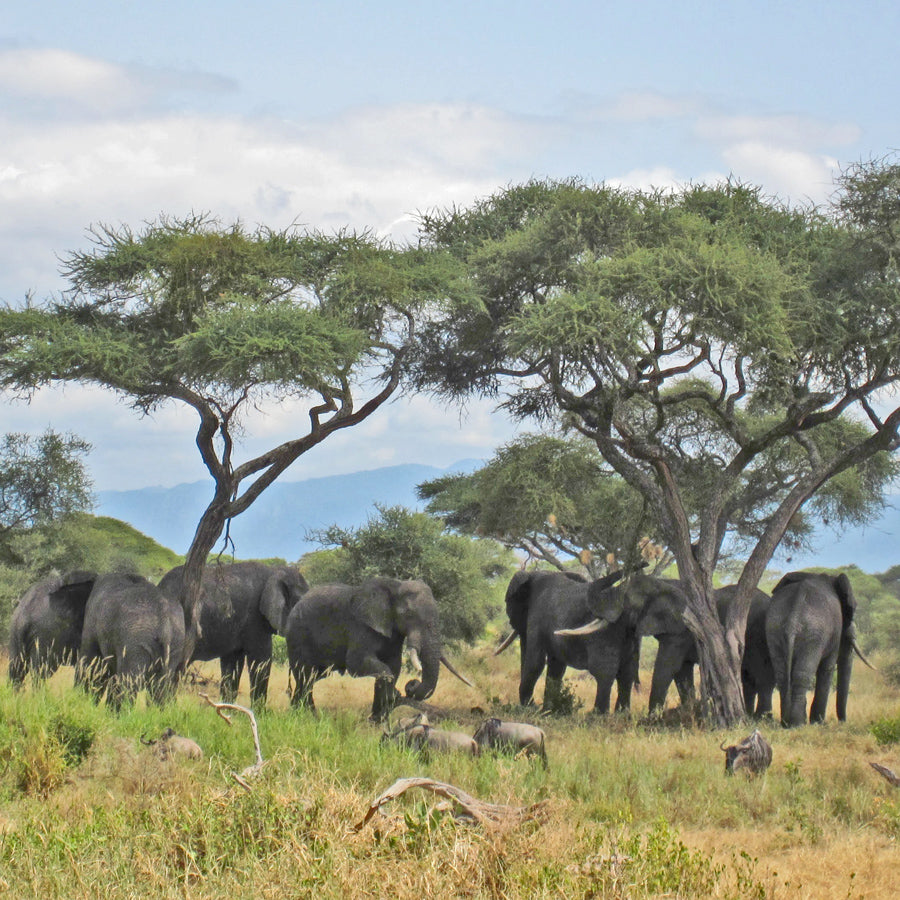
Trunks aside, elephants are considered sacred animals in the Hindu religion, representations of wisdom, fortune and success. The elephant-headed Ganesh, a beloved Hindu deity, is the Remover of Obstacles, therefore is often invoked at the beginning of worship, trips and projects.
Groundskeepers of the Savanna
Without the elephant, the African savanna would cease to look or function as it has for thousands of years. By digging water holes, pulling up trees and trampling down bushes, elephants preserve grassland habitats for other animals and disperse seeds across great distances as they travel. Considered a keystone species, one that plays a unique and crucial role in its environment, elephants are largely responsible for the maintenance of one of Earth’s treasured eco-systems.

An Uncertain Future
For all their admirable qualities, elephants are threatened species. Asian elephants are considered endangered and African elephants vulnerable, according to the International Union for the Conservation of Species, which assesses conservation status.
In the early 1900s there were as many as 5 million elephants on the African continent. Decades of hunting and poaching have reduced that number to just 470,000 today. And despite an international ban on the ivory trade, large numbers of elephants are still being killed illegally. In some countries, corruption and insufficient resources challenge enforcement of the law, while consumer markets still demand the precious ivory.
Elephant populations are also threatened by habitat loss, as increasing human populations require more land for infrastructure and farming. Elephants and humans are forced to live in close proximity and, as a result, conflict becomes more likely. And when elephants raid and destroy crops, they face deadly retaliation.
Elephant Appreciation (Every)Day
These wondrous creatures need us now more than ever. So here are a few things you can do.
• Take time the time to learn more about the conservation efforts of organizations around the world and join in the advocacy.
• Of course, don’t buy ivory. Instead, check out the amazing alternative, tagua nut, and help raise the profile of sustainable natural materials.
• Buying fair trade helps. The commitment to ethical sourcing – especially of coffee and timber – means support for small-scale farmers and environmental responsibility, thereby helping to preserve elephant habitats.
• And that pachyderm print shirt you just have to have? Wear it… and be sure to share the story of these magnificent mammals. After all, there’s a whole lot to love.

References
www.worldwildlife.org
www.biologicaldiversity.org
www.ifaw.org
www.scientificamerican.com
www.pbs.org






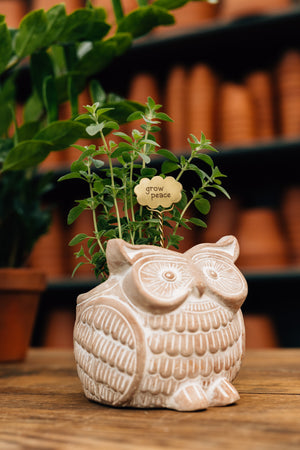

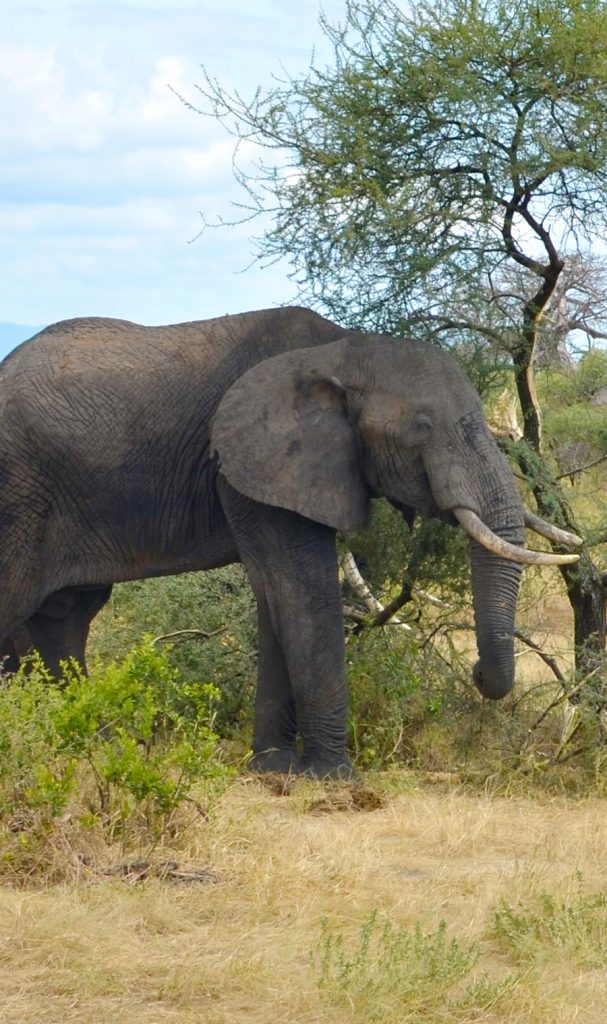


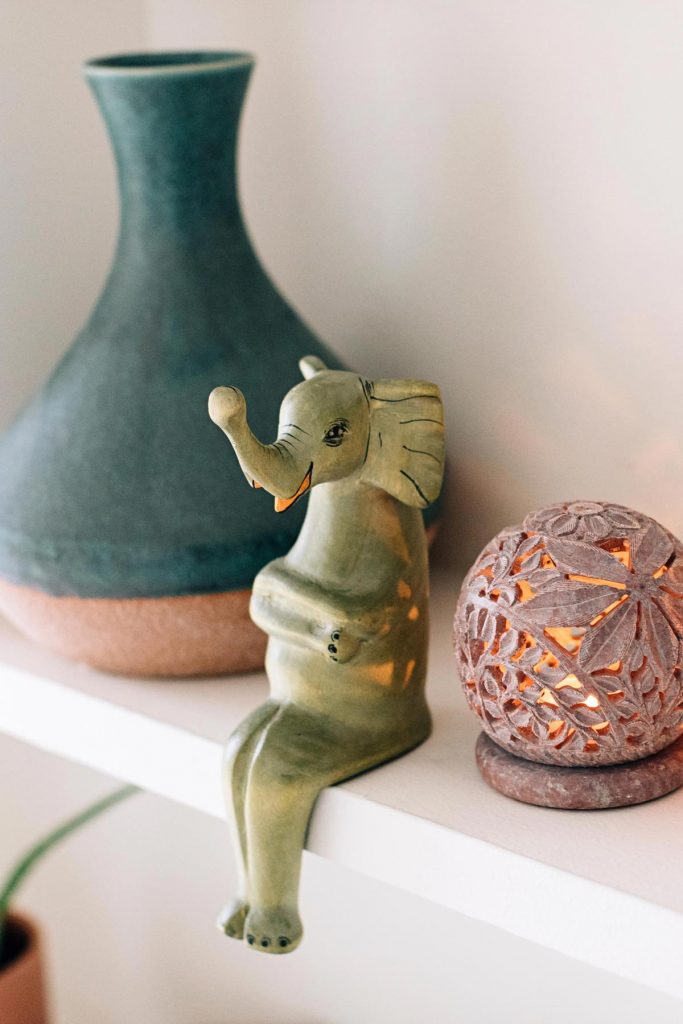


Leave a comment